Spotlights
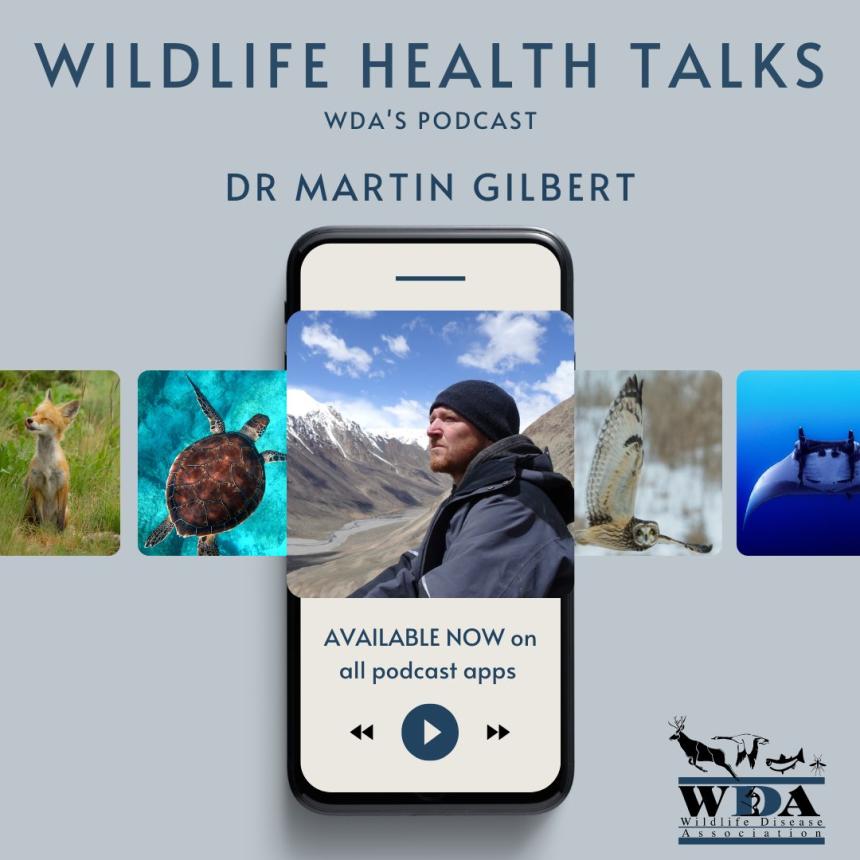
Podcast
August 22, 2024
Tigers, leopards and now one-horned rhinos. Dr. Martin Gilbert studies them all. As a wildlife veterinarian and epidemiologist at Cornell, Dr. Gilbert has investigated infectious diseases and mysterious mass die-offs all over Asia. Check out this latest podcast featuring his work.
Blog
August 19, 2024
Serving as the veterinarian for the CWHL keeps me on my toes, and July has been no exception! On a given day, I might be coordinating with our DEC or regional partners, working on a paper or grant, giving a presentation, mentoring interns or students, and/or working out in the “field” on a wildlife health project....
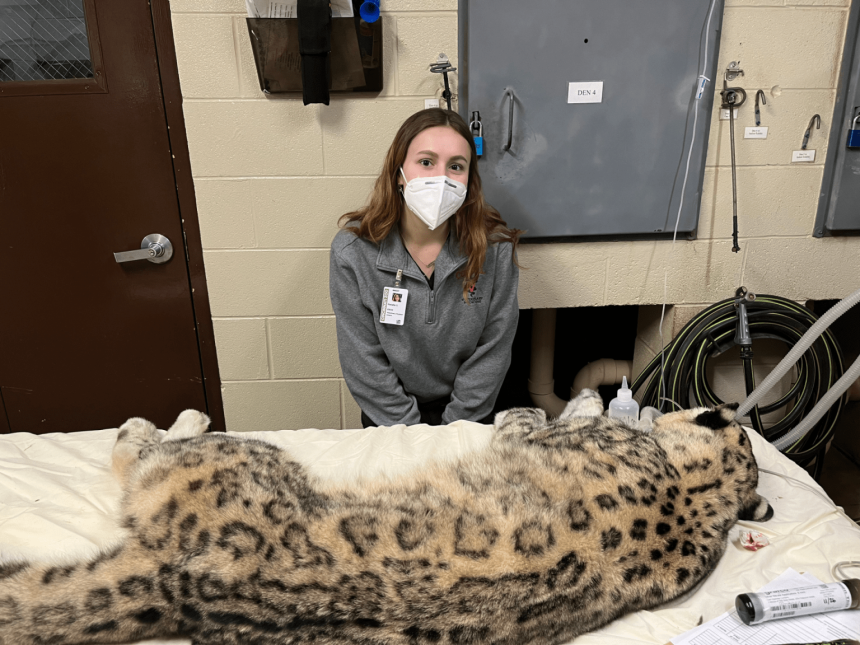
Blog
July 19, 2024
As an extern at the Cincinnati Zoo and Botanical Garden’s Center for Conservation and Research of Endangered Wildlife, Cornell DVM student Natalie Smith learned how reproductive medicine can help conservation efforts for big cats.

Blog
July 16, 2024
Although my job title is “data analyst,” only a fraction of my time at the Cornell Wildlife Health Lab is spent analyzing data. I help people understand how to turn data into useful information and build the tools to help them do so....
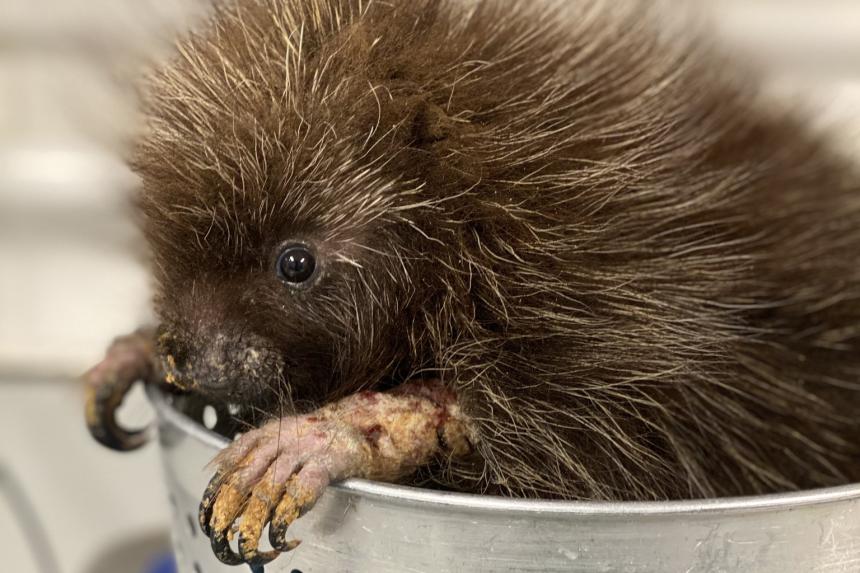
For Your Information
July 05, 2024
Check out this new paper led by Cornell zoological medicine resident Dr. Laura St. Clair and an interdisciplinary Cornell team studying sarcoptic mange in wild North American porcupines.
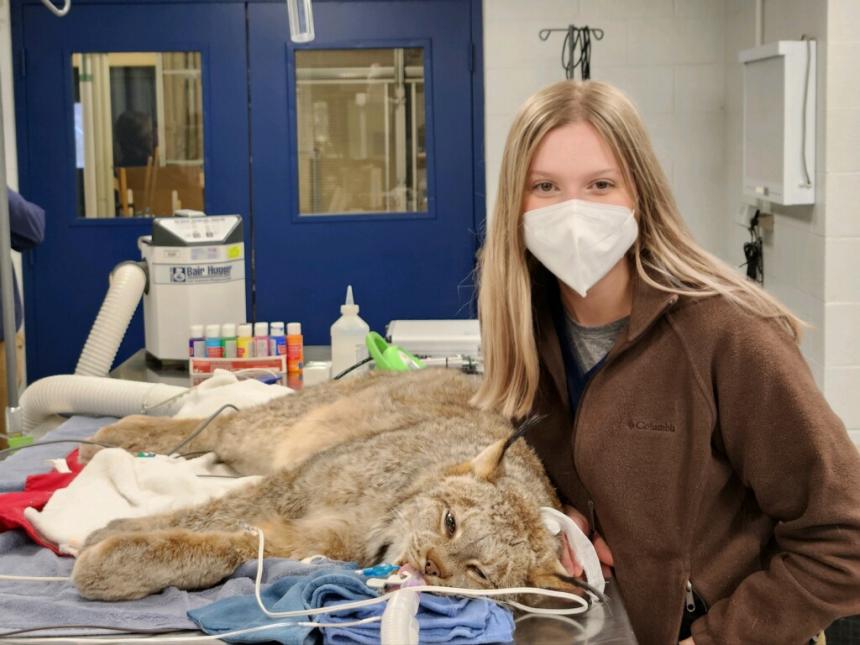
Blog
June 27, 2024
Being a Rochester native, Seneca Park Zoo, home to nearly 100 different species, has always been my home zoo. A couple of years ago, Dr. Chris McKinney, who had worked at the small animal GP my family pets see, transitioned from relief veterinarian to full-time zoo veterinarian. So, as a veterinary student very much interested in a career in zoo medicine, I reached out....
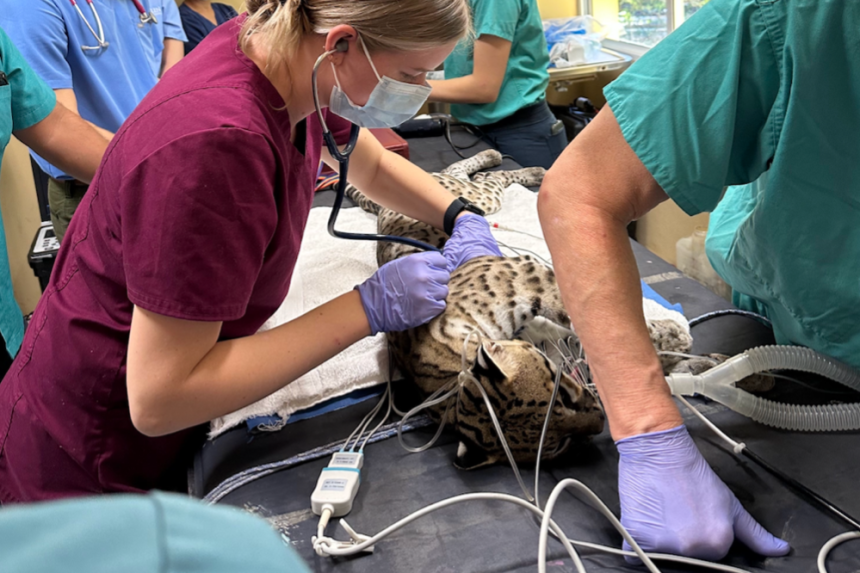
Blog
June 20, 2024
Last fall, Cornell alumnus Bill Konstant visited Cornell to share his exciting life experiences from around the world as a conservationist and gave a donation to support Cornell veterinary students seeking hands-on clinical experience at the Belize Zoo.
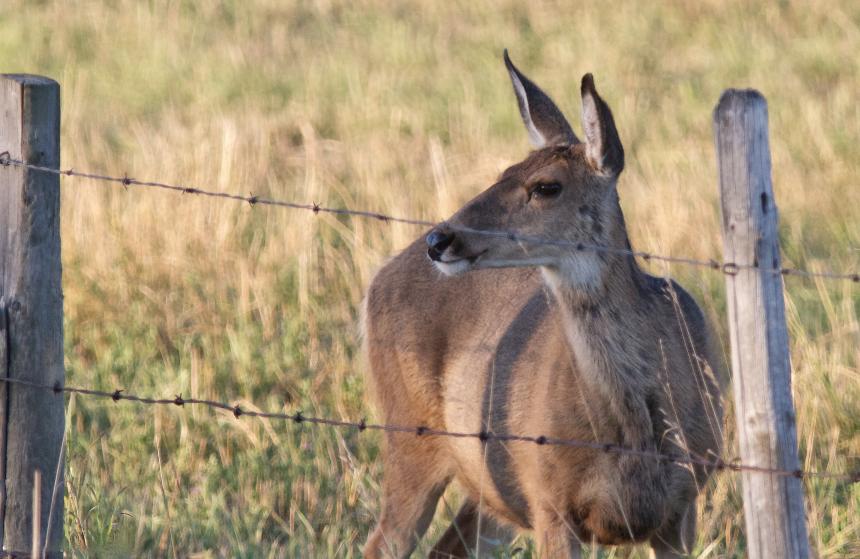
For Your Information
June 15, 2024
A collaborative team, including Cornell Wildlife Health Lab researchers, introduce a software program designed to enable agency personnel to make up-to-date, localized, data-driven predictions regarding the odds of chronic wasting disease detection in surrounding areas after an outbreak is discovered.
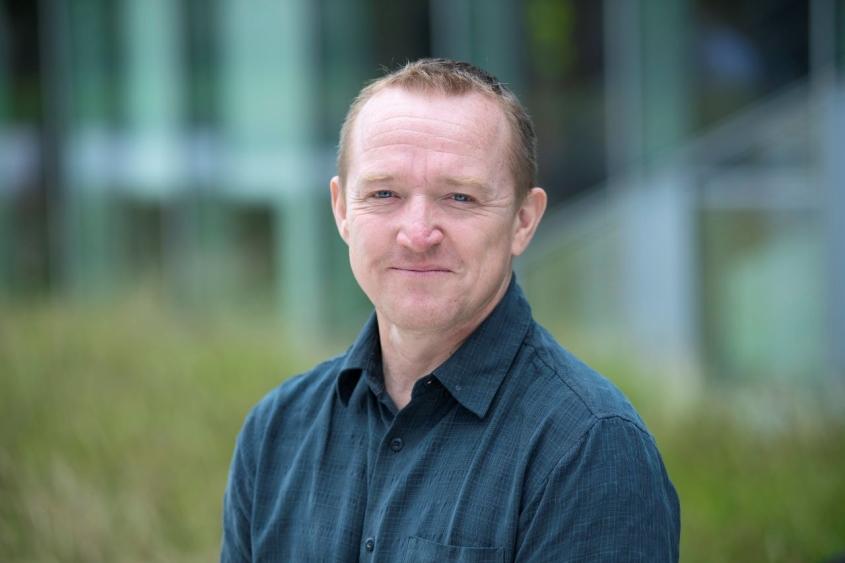
Podcast
June 13, 2024
On this Cornell Veterinary Podcast, Dr. Martin Gilbert discusses his decades-long experience working in the nonprofit sector and in academia on international wildlife conservation projects in settings as diverse as Greenland, Papua New Guinea and Madagascar.
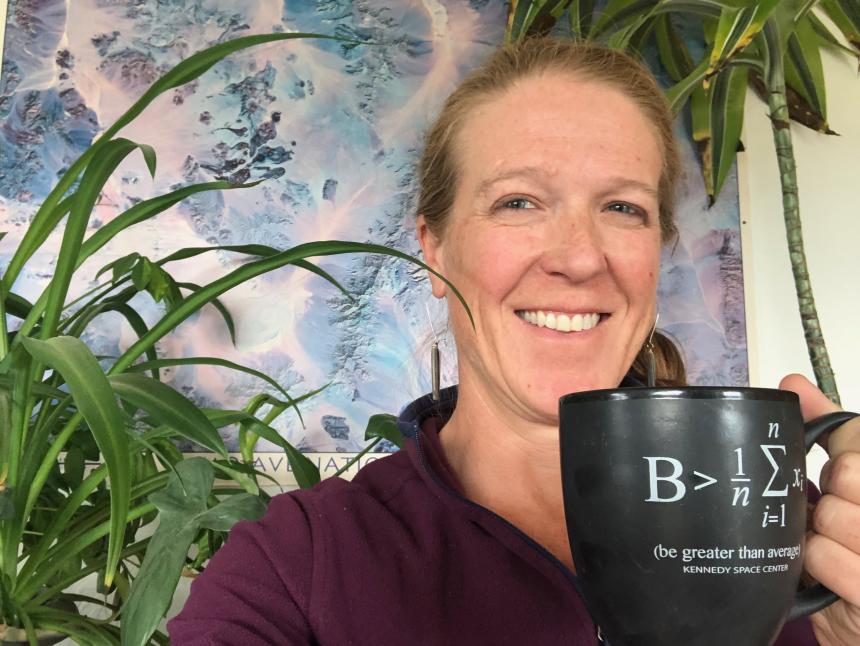
Blog
June 03, 2024
I work remotely, so these meetings are often the only human interaction I have all day. But that's not only a function of being remote - it's also a function of the nature of my work. The actual 'doing of the thing' - the math work itself - is often a solo sport....
